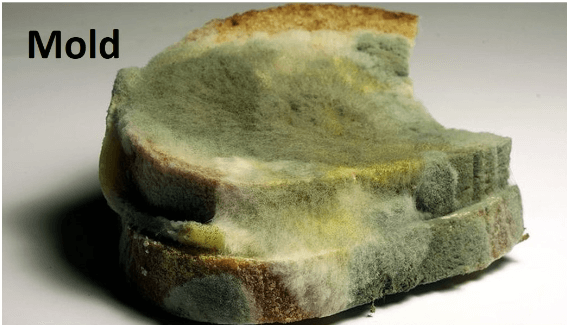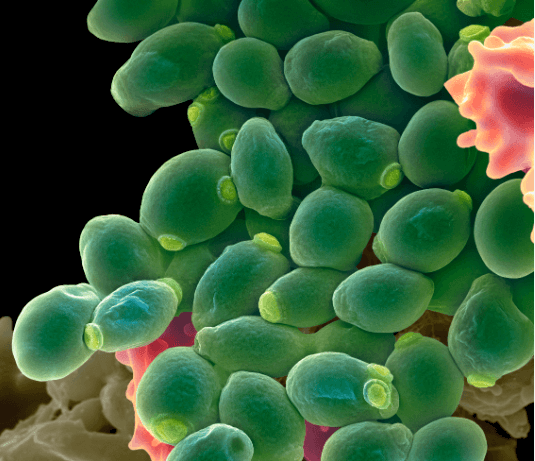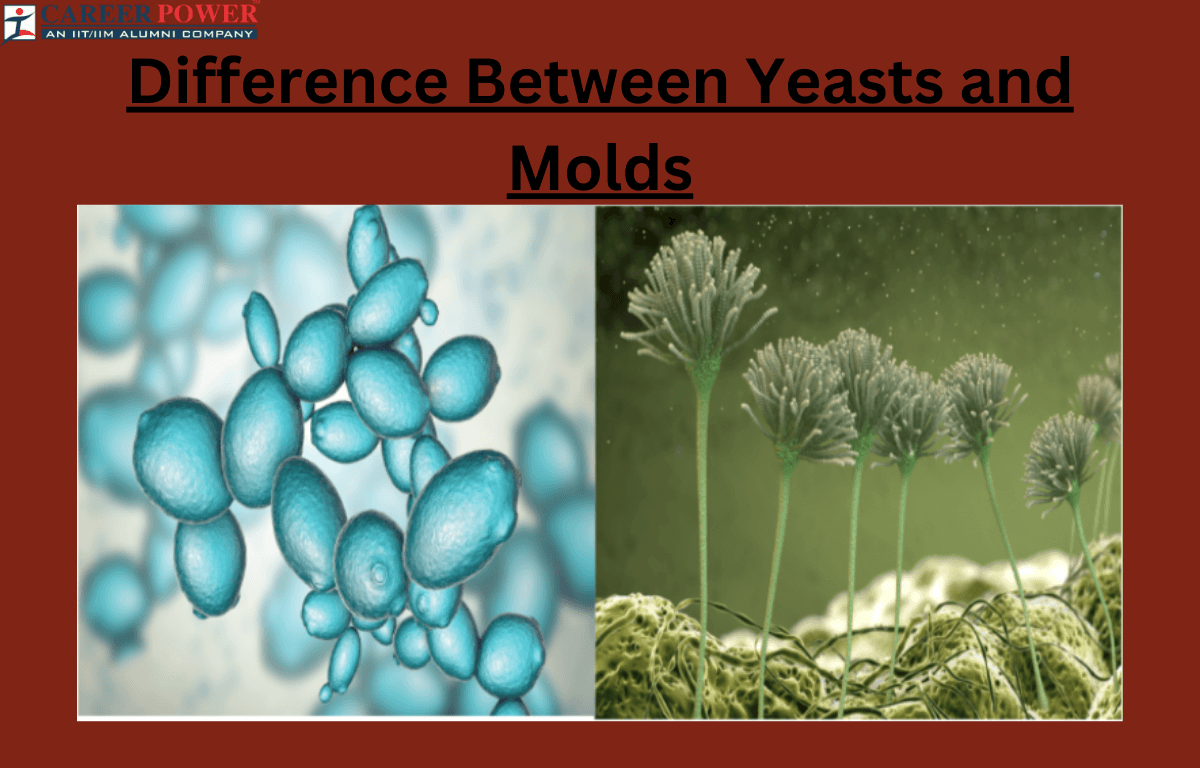Molds and Yeasts play crucial roles in the environment. Molds contribute to the decomposition of organic matter, aiding in nutrient recycling. Yeasts are involved in fermentation processes, used in various industries, including food and beverage production. Both contribute to ecosystem balance and have industrial applications. Here we have discussed other details about molds and yeast with their differences and importance.
Molds and Yeasts
Both Molds and Yeast are types of Fungi. Molds typically form multicellular filaments called hyphae and reproduce by producing spores. Yeasts, on the other hand, are unicellular fungi that reproduce through budding or fission. Both play roles in various biological processes, with molds commonly involved in food spoilage and decomposition, while yeasts are known for fermentation and can be used in baking and brewing.
Define Molds
Molds are a type of fungi that play both beneficial and harmful roles in our environment. They consist of tiny, multicellular structures called hyphae, forming a network known as mycelium. While some molds contribute to the decomposition of organic matter, others can be problematic when they grow indoors, causing issues like food spoilage and structural damage. These fungi reproduce through microscopic spores, which can be airborne and spread easily. In nature, molds aid in nutrient recycling, breaking down dead plants and animals. However, indoors, excessive moisture can lead to mold growth on various surfaces, posing health risks and degrading indoor air quality. Effective moisture control is crucial in preventing mold proliferation and maintaining a healthy living environment.

Define Yeasts
Yeast is a single-celled fungus belonging to the class Ascomycetes. These microorganisms, primarily from the Saccharomyces genus, are integral to various biological processes and have significant industrial applications. One of the most notable roles of yeast is its involvement in fermentation, where it converts sugars into alcohol and carbon dioxide. This process is crucial in brewing, backing, and winemaking, contributing to the production of beer, bread, and wine.

Yeast cells are Eukaryotic cells, containing a nucleus and other organelles. They reproduce asexually through budding, forming new cells as outgrowths from new cells as outgrowths from the parent cell. In addition to fermentation, yeast is also used in biotechnological applications, such as the production of biofuels and certain pharmaceuticals. Its versatility and ability to thrive in various environments make yeast a key player in both natural ecosystems and human industries.
Difference Between Molds and Yeasts
Here we have discussed a few differences between Molds and Yeasts. These differences will highlight the diverse characteristics and roles of molds and yeasts in various ecological and industrial contexts.
| Difference Between Molds and Yeasts | ||
| Characteristics | Molds | Yeasts |
| Organism Types | Molds are multicellular fungi with hyphal structures. | Yeasts are unicellular fungi. |
| Cellular Structure | Molds are composed of hyphae, which are thread-like structures forming a mycelium. | Yeasts are single-celled organisms without a true mycelium. |
| Reproduction | Molds reproduce both sexually and asexually through the production of spores. | Yeasts primarily reproduce asexually through budding, where a new cell forms from the parent cell. |
| Growth Form | Molds typically grow as visible colonies on surfaces, forming fuzzy or powdery structures. | Yeasts grow as individual cells or small clusters, often in a liquid environment. |
| Nutrient Absorption | Molds absorb nutrients from their surroundings through the hyphal network. | Yeasts absorb nutrients directly through their cell walls. |
| Environmental Preference | Molds often thrive in aerobic (oxygen-rich) environments. | Yeasts can thrive in both aerobic and anaerobic (low or no oxygen) conditions. |
| Use in Industry | Molds are commonly used in the production of cheeses, antibiotics, and various enzymes. | Yeasts are widely used in the Fermentation processes for brewing, baking, and the production of biofuels. |
| Common Examples | Examples of Molds include Aspergillus, Penicillium, and Rhizopus. | Examples of Yeast include Saccharomyces cerevisiae, and Candida albicans. |
| Habitat | Molds are often found in soil, decaying organic matter, and on various surfaces. | Yeasts are found in a variety of habitats, including plant surfaces, the human body, and various food products. |
| Role in Disease | Some molds can produce mycotoxins and contribute to respiratory issues. | Certain yeast species, like Candida, can cause infections in humans. |
Comparison of Molds and Yeasts
Here we have discussed a few points that highlight the comparison of Molds and Yeasts:
- Decomposition: Molds break down organic matter, facilitating the recycling of nutrients in ecosystems.
- Fermentation: Yeasts are vital for fermentation processes, employed in the production of foods like bread, beer, and wine.
- Soil Health: Molds contribute to soil health by breaking down organic material, and enhancing soil structure and nutrient availability.
- Bioremediation: Certain molds can help in bioremediation, breaking down pollutants and contaminants in the environment.
- Industrial Applications: Yeasts are extensively used in various industries, such as pharmaceuticals, biofuel production, and the synthesis of valuable chemicals.
- Ecosystem Balance: Molds and yeasts participate in maintaining ecological balance by influencing microbial communities and nutrient cycling.
- Food Spoilage and Preservation: While some molds cause food spoilage, others are utilized in the production of certain cheeses and contribute to the preservation of certain foods.
- Researches and Medicine: Yeasts, particularly Saccharomyces cerevisiae, serve as model organisms for scientific research, contributing to our understanding of genetics and cell Biology.



 50 Vegetables Name for Kids in English a...
50 Vegetables Name for Kids in English a...
 Food Chain: Definition, Types, Examples,...
Food Chain: Definition, Types, Examples,...
 Human Respiratory System: Definition, Di...
Human Respiratory System: Definition, Di...













